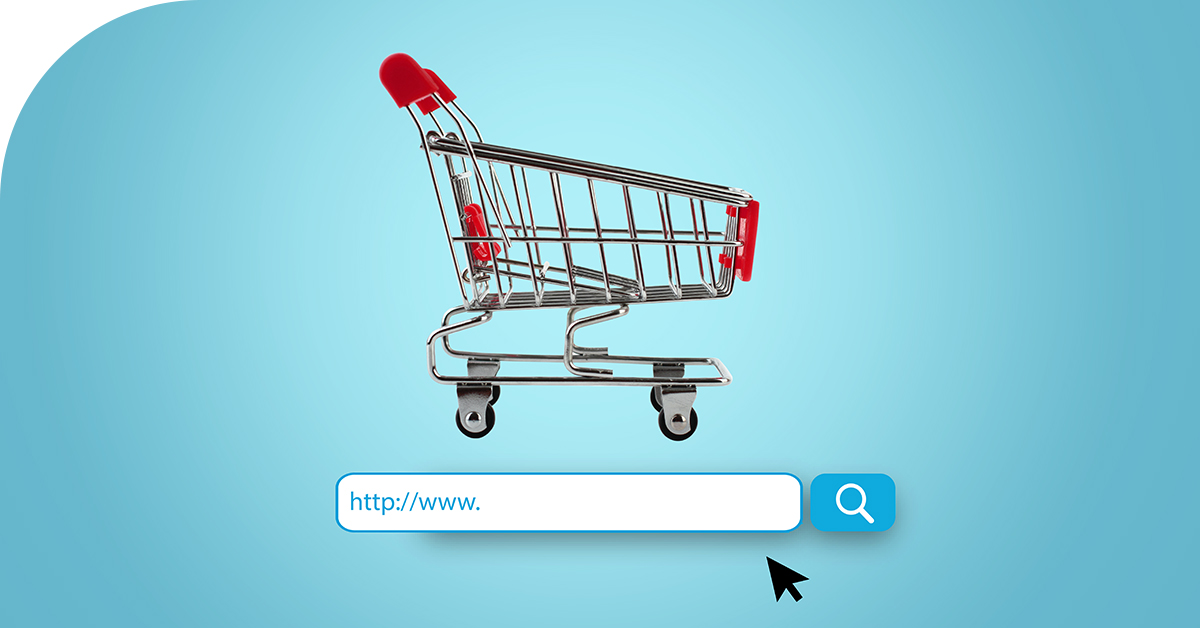Digital marketing for travel is transforming the tourism industry. And really, it’s no surprise. With online marketing, travel deals and offers are more readily available across the internet and can reach more potential travelers than traditional marketing ever could.
So, whether your aim is to increase hotel bookings or sign-ups for a sightseeing tour, follow along with our guide (see what we did there?), inspired by the travel and hospitality industry trends we’ve seen from our own clients, to improve your marketing strategy and reach more travelers.
In this guide, we’ll look at best practices around digital marketing for travel campaigns using two of our most typical clients in the industry: hotels and tour companies.
Top targeting strategies for travel marketing campaigns
Data Targeting
First-party data is the most powerful tool at your disposal. But when you lack the first-hand data that was collected by you and not someone else, you need to turn to other sources, aka third-party data, to provide the means for reaching your target audience. Data targeting is comprised of third-party data.
Jump to choosing data brands & segments to find out how to leverage this strategy.
Contextual Category Targeting
You always want your ads to appear in the context of your target user’s interest, and contextual category targeting lets you do just that. Looking at how a publisher categorizes a website, this targeting tactic allows you to advertise on sites with content deeply related to the ads you’re running.
Putting strategy into action
Hotels
To attract guests to your hotel, you could use contextual category targeting to target broad categories like “Travel,” “Flights,” “Hotels,” or “Family Travel.”
Tours & activities
To promote a sightseeing tour or activity, you could use contextual category targeting to target broad categories like “Adventure Travel,” but you can also get as specific as “Eco-Travel.”
Retargeting
First-party data is data you yourself have collected directly about your audience and includes things like customer emails and user profiles from the people who have visited your website. The latter, the data you get from your website traffic, is used to create audience segments for retargeting campaigns. With this strategy, you’re targeting people who have already shown interest in your product or service, so retargeting campaigns typically convert at a higher rater.
(Just make sure you’re upfront about how you collect your data, and that you have a tag management solution in place, like the Choozle Smart Container Tag<, so you can collect and segment data from your website visitors.)
Putting strategy into action
Hotels
To get people to convert the second time around, you could retarget people who have visited your website until they make a booking. Or, you could sweeten the offer and cross-sell your audience with an added incentive, like a hotel upgrade.
Tours & activities
To take people on a trip back to your site, you could keep your ads in front of people who have visited your website and retarget them until they book a tour or an activity. Or, if you offer multiple sightseeing tours or activities at one destination, you could cross-sell your audience with a similar excursion.
The most effective digital marketing for travel campaigns employs several targeting strategies in a single campaign. While we don’t dig into them here, we recommend you also consider adding cross-device targeting to your campaigns.
Choosing data brands & segments
Like we said earlier, third-party data can add a significant boost to your travel marketing campaigns. But, unlike first-party data, it’s not a limited supply. Choosing the right audience segments can quickly become overwhelming as you scroll through the endless amount of data sources.
Lucky for you, we have data brands and segments we can recommend for these kinds of campaigns.
- Oracle allows you to target people who are in-market for hotels and have demonstrated intent to book air travel, hotels, car rentals, cruises, and vacation packages.
- Bluekai offers data segments that let you target people who are actively engaged with tourism content.
- PlaceIQ offers a variety of data segments for targeting travel enthusiasts who are in interested in hotels by location and device.
- Data Alliance also offers data segments for targeting people who actively engage with tourism content by location. Some segments contain people who are intending to take a holiday in the coming months and will stay in a hotel or have a regular preference for hotels when they go on vacation.
- Factual allows you target people based on their lodging preference—luxury hotels, budget motels, etc.
Of course, these are just a few from off the tops of our heads. Our third-party data catalog offers more data brands and segments than the ones we’ve called out above. If need you need help finding data segments to meet your campaign objectives, just ask!
Optimizing travel marketing campaigns
A/B testing
If you’ve created several ad groups for A/B testing, good job! Testing different audiences and/or versions of your creative assets will help you maximize conversion rates, and in turn, increase ROI. And you’ll also have that much more knowledge going into future campaigns.
For this optimization, you’ll want to compare performances and reallocate the budget to the highest-performing ad group.
On the other hand, if you’ve created only one ad group, you can review your campaign reports and see how the selected data segments are performing. If they’re underperforming, you’ll want to switch out the underperforming data segments with some fresh ones to boost conversions.
Preferred lists & block lists
For contextual targeting, we recommend creating preferred lists and block lists.
A preferred list is a list of your targeted sites. Meaning, if you’ve got a good click-through rate from a website or a number of websites, you can create a list to target only those sites in the future. To weed out the sites that aren’t driving traffic back to your website, you can create a blocklist.
More on preferred lists and block lists here.
Recency
We know you’ve heard it before, but it bears repeating: Timing is everything. You want your ads to appear in the right place at the right time. We recommend looking at the recency of your data, or how recently the data you plan on using was collected, before employing it in a campaign.
Recency allows you to look at audience groups by how recently they’ve visited your website and can help you determine how long it takes for a user to convert. You can pull reports to identify an optimal recency period for your product or service.
Bottom line: Keep in mind data can go bad, and that fresh data is best as those are the segments of users who have the strongest purchase intent.
What results to expect for travel marketing campaigns
Establishing a baseline for your campaigns isn’t always easy. To give you an idea of what to expect, we put together some stats* for travel & hospitality campaigns run in the Choozle platform. (The targeting types are ordered based on how frequently they’re used.)
| Targeting tactics | Average click-through rate | Average CPM | Percentage of travel ad groups |
|---|---|---|---|
| Third-party data targeting | 0.13% | $3.63 | 50.66% |
| Contextual category targeting | 0.13% | $3.63 | 33.7% |
| Retargeting | 0.13% | $5.15 | 10.3% |
*The data is based on six targeting tactics, but we excluded the three tactics that didn’t provide significant results.
Ready to get going on your digital marketing for travel campaigns? Chat with us! We’re here to help.







